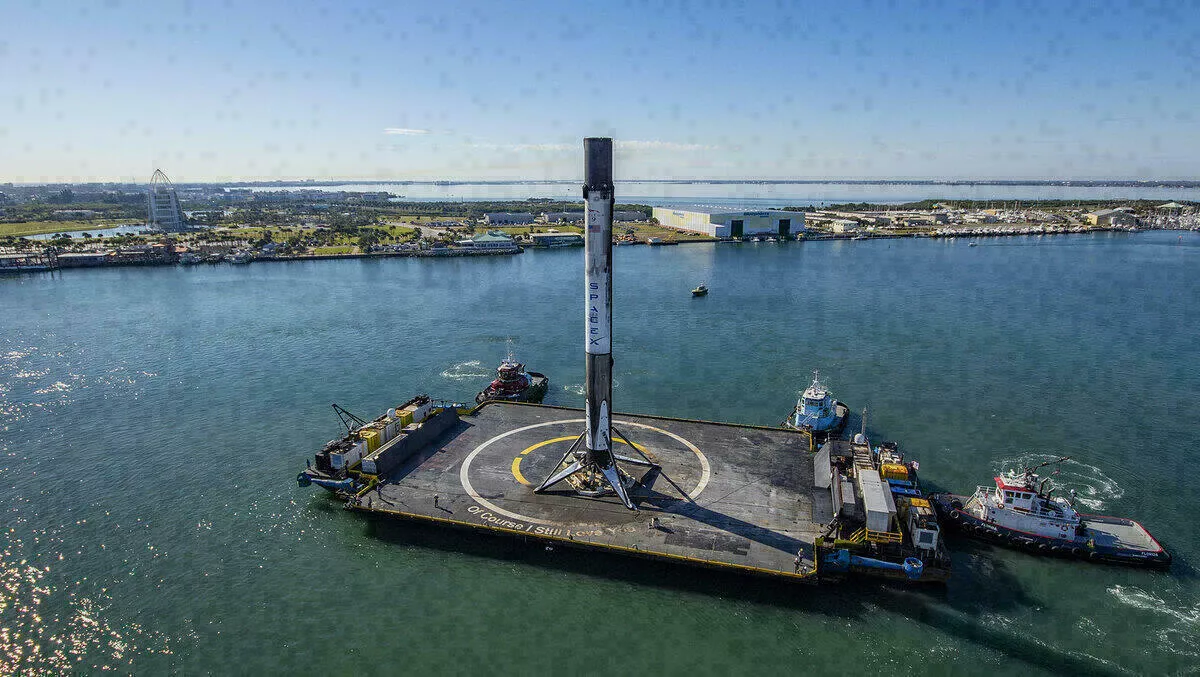
SpaceX is targeting Monday, December 16, for the launch of JCSAT-18/Kacific1 from Space Launch Complex 40 (SLC-40) at Cape Canaveral Air Force Station, Florida.
The launch window opens at 7:10 p.m EST, or 00:10 UTC on December 17, and closes at 8:38 p.m. EST, 01:38 UTC on December 17.
A backup launch window is available on Tuesday, December 17 that opens at 7:10 p.m EST, or 00:10 UTC on December 18, and closes at 8:38 p.m. EST, 01:38 UTC on December 18.
The satellite will be deployed at approximately 33 minutes after liftoff.
Falcon 9's first stage for the JCSAT-18/Kacific1 mission previously supported the CRS-17 mission in May 2019 and the CRS-18 mission in July 2019.
Following stage separation, SpaceX will land Falcon 9's first stage on the “Of Course I Still Love You” droneship, which will be stationed in the Atlantic Ocean.
Approximately 45 minutes after liftoff, SpaceX's two fairing recovery vessels, “Ms. Tree” and “Ms. Chief,” will attempt to recover the two fairing halves.
Payload description
Boeing built the JCSAT-18/Kacific1 satellite, equipping it with two unique payloads.
The JCSAT-18 satellite was built for SKY Perfect JSAT, one of the largest providers of multichannel pay TV broadcast services in Japan, which operates the largest satellite communications business in Asia.
The JCSAT-18 satellite will provide Ku-band coverage and improve mobile and broadband services for SKY Perfect JSAT Corporation customers in the Asia-Pacific region, including the far eastern part of Russia.
The satellite features technologies in the power subsystem to achieve highest efficiencies, and it also features command and data handling technologies to provide a more secure spacecraft.
Boeing has built 13 satellites, including two high-throughput satellites, for SKY Perfect JSAT Corporation and its predecessors since the 1980s.
Kacific1 is a geostationary satellite operating in the Ka-band frequency spectrum.
Its 56 high-throughput spot beams will place capacity over selected regions in South East Asia, New Zealand, and the Pacific Islands.
Deployed to a geostationary orbital position above Asia Pacific, Kacific1 will transmit to state- of-the-art gateways, designed and built by Kratos. Kacific1 will connect previously unserved or under-served populations with affordable, high-speed broadband for healthcare, education, government services, businesses, and disaster relief.
Its services will stimulate economic growth and provide greater access to the internet.